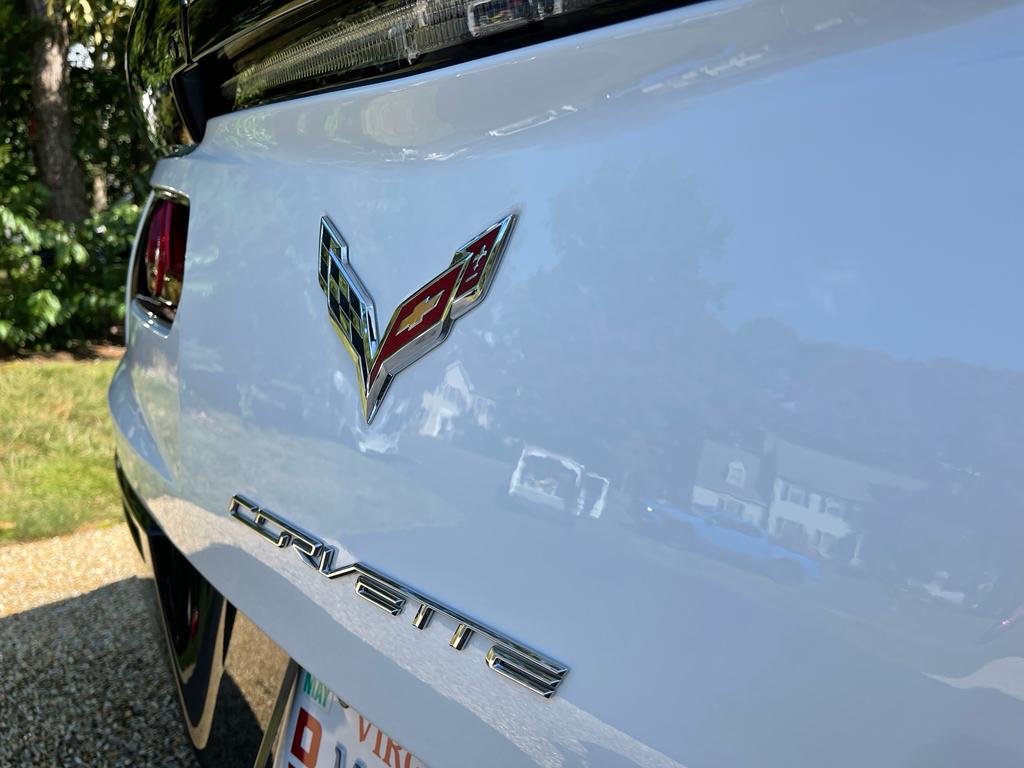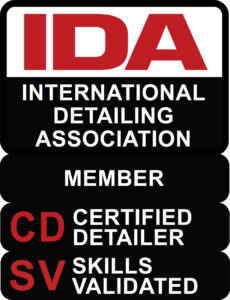Introduction
Ceramic coatings have revolutionized the way we protect and enhance our vehicles’ appearance. With a range of options available, understanding the different types of ceramic coatings is essential for making the right choice for your car. In this comprehensive guide, we’ll delve into the various types of ceramic coatings, their unique attributes, and how they can elevate your vehicle’s shine and protection.
The Benefits of Ceramic Coatings
Ceramic coatings offer several benefits that make them a popular choice among car enthusiasts:
- Enhanced Protection: Ceramic coatings create a durable barrier that shields your car’s paint from UV rays, environmental contaminants, and minor scratches.
- Long-Lasting Shine: Ceramic coatings provide a lasting, glossy finish that enhances your car’s color and appearance.
- Easy Maintenance: The hydrophobic properties of ceramic coatings repel dirt and water, making cleaning your car easier and less frequent.
- UV Ray Resistance: Ceramic coatings offer protection against color fading and oxidation caused by harmful UV rays.
Exploring Different Types of Ceramic Coatings
1. SiO2 (Silicon Dioxide) Coatings:
SiO2 coatings are popular for their durability and hydrophobic properties. They bond to the paint’s surface, forming a protective layer that enhances shine and repels water and contaminants.
2. SiC (Silicon Carbide) Coatings:
SiC coatings are known for their exceptional hardness and scratch resistance. They provide long-lasting protection against swirl marks and minor scratches.
3. TiO2 (Titanium Dioxide) Coatings:
TiO2 coatings offer UV resistance and help prevent oxidation and fading. They also enhance water beading and create a self-cleaning effect.
4. Hybrid Coatings:
Hybrid coatings combine the benefits of multiple ceramic components, such as SiO2 and SiC. These coatings often provide a balance between durability, hydrophobicity, and scratch resistance.
5. Graphene Coatings:
Graphene coatings utilize advanced nanotechnology to offer exceptional durability, heat resistance, and protection against chemical damage.

Applications of Different Ceramic Coatings
Exterior Surfaces:
Ceramic coatings are commonly applied to a vehicle’s exterior surfaces, including the paint, clear coat, and trim. They provide protection against environmental contaminants, UV rays, and minor scratches.
Wheels and Rims:
Ceramic coatings can be applied to wheels and rims to protect them from brake dust, road grime, and dirt buildup. This makes cleaning easier and prevents corrosion.
Glass and Windows:
Ceramic coatings can be used on glass surfaces to enhance visibility during rainy conditions and reduce the need for constant windshield wiper use.
Interior Surfaces:
Some ceramic coatings are designed for interior surfaces, such as leather seats, dashboard, and upholstery. These coatings offer protection against spills and stains.
Insider Tips for Choosing the Right Ceramic Coating
- Consider Your Needs: Identify your priorities, whether it’s enhanced shine, scratch resistance, or UV protection.
- Research Brands: Look for reputable brands that offer high-quality ceramic coatings with positive reviews.
- Understand Application: Different ceramic coatings may require varying application techniques. Consider whether you’ll apply it yourself or seek professional help.
- Maintenance Expectations: Understand the maintenance requirements of the chosen coating and whether it aligns with your cleaning habits.
Which Ceramic Coating is Best for Your Car?
FAQs about Different Types of Ceramic Coatings
Q: Can I apply ceramic coatings myself? A: While DIY application is possible, professional application often yields more consistent results.
Q: How long do ceramic coatings last? A: The longevity varies, but most coatings can last from 1 to 5 years, depending on the type and quality.
Q: Are ceramic coatings scratch-proof? A: While ceramic coatings offer scratch resistance, they are not completely immune to scratches. They provide a higher level of protection than bare paint.
Q: Can I layer different types of ceramic coatings? A: Layering coatings is generally not recommended, as they are designed to bond directly to the paint’s surface.
Q: Can ceramic coatings be applied to old paint? A: Yes, ceramic coatings can be applied to both new and old paint, but proper preparation is crucial for optimal bonding and results.
Q: Do ceramic coatings require special maintenance? A: While ceramic coatings make maintenance easier, they still require regular washing and care to prolong their effectiveness.
Conclusion
Understanding the different types of ceramic coatings empowers you to make an informed decision that aligns with your vehicle’s needs and your desired level of protection and enhancement. Whether you prioritize shine, scratch resistance, or UV protection, there’s a ceramic coating tailored to your requirements, ensuring your vehicle remains pristine and impressive on the road.

